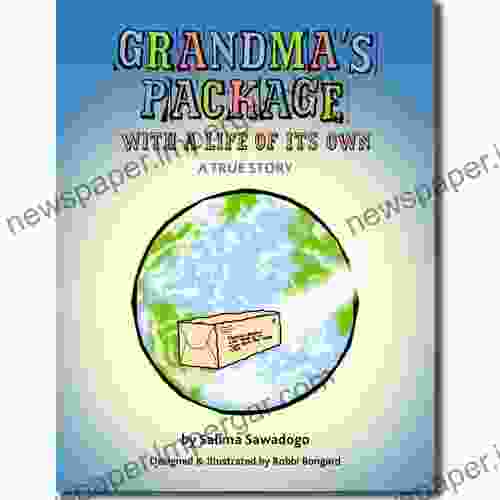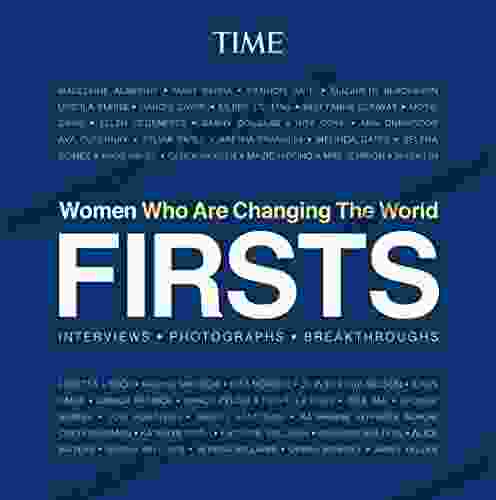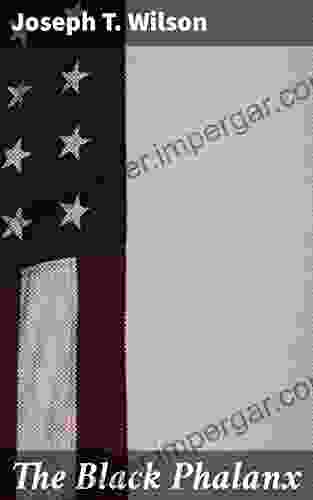Conflict Graffiti: From Revolution to Gentrification

Conflict graffiti is a powerful form of visual expression that has been used throughout history to communicate political messages and protest social injustice. From the spray-painted slogans of the Paris Commune to the street art of contemporary urban centers, conflict graffiti has served as a tool for the marginalized to voice their concerns and challenge the status quo.
5 out of 5
| Language | : | English |
| File size | : | 22833 KB |
| Text-to-Speech | : | Enabled |
| Screen Reader | : | Supported |
| Enhanced typesetting | : | Enabled |
| Word Wise | : | Enabled |
| Print length | : | 281 pages |
| Lending | : | Enabled |
In recent years, conflict graffiti has become increasingly commodified, as its aesthetic appeal has been recognized by art collectors and interior designers. This has led to a debate about the authenticity and meaning of conflict graffiti, and its place in the contemporary art world.
This article will explore the history and evolution of conflict graffiti, from its origins in revolutionary movements to its commodification in gentrified urban landscapes. We will examine the different forms and styles of conflict graffiti, and discuss its role as a tool for political protest and social change.
Origins of Conflict Graffiti
The origins of conflict graffiti can be traced back to the early 19th century, when political slogans and caricatures began to appear on walls and buildings in Europe. These early forms of graffiti were often used by political dissidents to spread their message and challenge the ruling classes.
In the 20th century, conflict graffiti became increasingly associated with revolutionary movements. During the Russian Revolution, Bolshevik graffiti played a key role in spreading the message of the revolution and mobilizing the masses. Similarly, during the Spanish Civil War, both Republican and Nationalist forces used graffiti to boost morale and spread propaganda.
After World War II, conflict graffiti continued to be used by political movements around the world. In the United States, graffiti was used by the civil rights movement to demand equal rights and justice. In Europe, graffiti was used by anti-war protesters and student movements to challenge the status quo.
Conflict Graffiti in the Contemporary Era
In the contemporary era, conflict graffiti has become increasingly diverse and widespread. Street artists have used graffiti to comment on a wide range of social and political issues, from poverty and inequality to environmental destruction and war.
One of the most notable developments in contemporary conflict graffiti is the rise of stencil art. Stencil art allows artists to quickly and easily produce complex images, which can be reproduced in multiple locations. This has made stencil art a popular form of graffiti for political activists, who can use it to spread their message quickly and cheaply.
Another development in contemporary conflict graffiti is the use of social media. Social media platforms such as Instagram and Twitter have allowed street artists to share their work with a global audience. This has helped to raise the profile of conflict graffiti and bring it to the attention of a wider audience.
The Commodification of Conflict Graffiti
In recent years, conflict graffiti has become increasingly commodified. As its aesthetic appeal has been recognized by art collectors and interior designers, conflict graffiti has begun to appear in galleries and museums.
This commodification has led to a debate about the authenticity and meaning of conflict graffiti. Some argue that commodification dilutes the political message of conflict graffiti and turns it into a mere commodity. Others argue that commodification can help to bring conflict graffiti to a wider audience and raise awareness of the issues that it addresses.
The debate about the commodification of conflict graffiti is likely to continue for many years to come. However, it is clear that conflict graffiti is a powerful form of visual expression that has the potential to communicate political messages and challenge the status quo.
Conflict graffiti is a diverse and ever-evolving form of visual expression. From its origins in revolutionary movements to its commodification in gentrified urban landscapes, conflict graffiti has played a key role in shaping the political and social landscape of the modern world.
Conflict graffiti is a powerful tool for political protest and social change. It can be used to challenge the status quo, raise awareness of important issues, and inspire people to take action. As the world continues to face new challenges, conflict graffiti is likely to remain an important form of expression for those who seek to make their voices heard.
5 out of 5
| Language | : | English |
| File size | : | 22833 KB |
| Text-to-Speech | : | Enabled |
| Screen Reader | : | Supported |
| Enhanced typesetting | : | Enabled |
| Word Wise | : | Enabled |
| Print length | : | 281 pages |
| Lending | : | Enabled |
Do you want to contribute by writing guest posts on this blog?
Please contact us and send us a resume of previous articles that you have written.
 Book
Book Novel
Novel Page
Page Chapter
Chapter Text
Text Story
Story Genre
Genre Reader
Reader Library
Library Paperback
Paperback E-book
E-book Magazine
Magazine Newspaper
Newspaper Paragraph
Paragraph Sentence
Sentence Bookmark
Bookmark Shelf
Shelf Glossary
Glossary Bibliography
Bibliography Foreword
Foreword Preface
Preface Synopsis
Synopsis Annotation
Annotation Footnote
Footnote Manuscript
Manuscript Scroll
Scroll Codex
Codex Tome
Tome Bestseller
Bestseller Classics
Classics Library card
Library card Narrative
Narrative Biography
Biography Autobiography
Autobiography Memoir
Memoir Reference
Reference Encyclopedia
Encyclopedia John Rhyder
John Rhyder John Mosier
John Mosier Joseph D Thomas
Joseph D Thomas John William Draper
John William Draper John Flavel
John Flavel Jorge Nuno Silva
Jorge Nuno Silva John Winton
John Winton John Jeremiah Sullivan
John Jeremiah Sullivan Joseph R Sanok
Joseph R Sanok Jonathan Clayden
Jonathan Clayden John Keats
John Keats Jonathan G Lundgren
Jonathan G Lundgren John W Moffat
John W Moffat John Rose
John Rose John Holl
John Holl Jonathan C K Wells
Jonathan C K Wells John Oliver Killens
John Oliver Killens John Emsley
John Emsley Jonathan Freedland
Jonathan Freedland John Cox
John Cox
Light bulbAdvertise smarter! Our strategic ad space ensures maximum exposure. Reserve your spot today!

 Patrick RothfussFragile Resistance: Social Transformation In Iran From 1500 To The Revolution
Patrick RothfussFragile Resistance: Social Transformation In Iran From 1500 To The Revolution Hank MitchellFollow ·10.7k
Hank MitchellFollow ·10.7k Allen ParkerFollow ·9.7k
Allen ParkerFollow ·9.7k Lee SimmonsFollow ·14.5k
Lee SimmonsFollow ·14.5k T.S. EliotFollow ·8.2k
T.S. EliotFollow ·8.2k Roland HayesFollow ·9.2k
Roland HayesFollow ·9.2k Caleb LongFollow ·17.2k
Caleb LongFollow ·17.2k Isaac MitchellFollow ·9.4k
Isaac MitchellFollow ·9.4k Emanuel BellFollow ·7.9k
Emanuel BellFollow ·7.9k
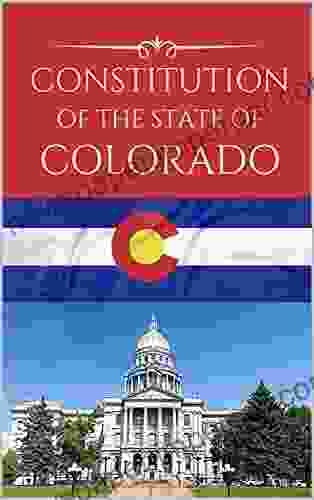
 Jake Powell
Jake PowellThe Constitution of the State of Colorado: A Legacy of...
Since its adoption in 1876, the...
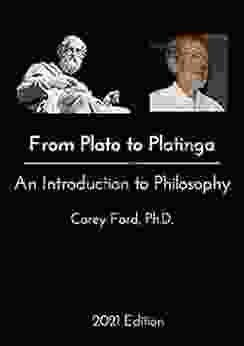
 Devin Ross
Devin RossFrom Plato to Plantinga: A Journey Through the History of...
Philosophy is the study of...

 Robin Powell
Robin PowellWords That Hurt, Words That Heal: The Power of Language...
Words are powerful. They can...

 T.S. Eliot
T.S. EliotTantalize Your Taste Buds with Over 90 Low-Carb Ethnic...
Indulge in a Culinary Adventure with "Over...
5 out of 5
| Language | : | English |
| File size | : | 22833 KB |
| Text-to-Speech | : | Enabled |
| Screen Reader | : | Supported |
| Enhanced typesetting | : | Enabled |
| Word Wise | : | Enabled |
| Print length | : | 281 pages |
| Lending | : | Enabled |



